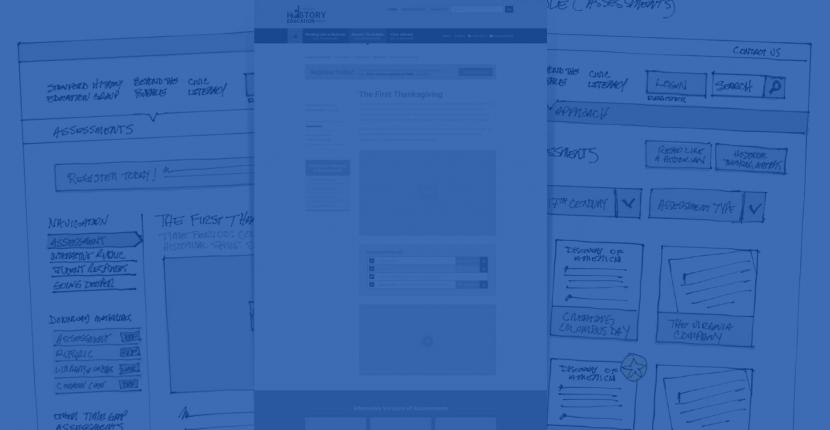The B2B and B2C buying processes are different, and they’re often not created equal. Retail companies sometimes offer a great digital shopping experience for their consumers and a secondary — and less suitable — option for their wholesalers.
B2B Online Access
Rather than working with B2B dealers over the phone, it’s much easier to create a website or portal for them to do their ordering. A good dealer site can streamline the ordering process and improve the wholesaler experience.
However, the ordering and checkout process for dealers should facilitate a completely different set of needs than for B2C (ie. purchasing of multiple products of varying colors, sizes and quantities, and for multiple locations). It’s this shortfall in B2B systems that often cause purchasing agents to ask if they can just send over a spreadsheet or order by phone.
One approach for improvement, is to present dealers with the exact same frontend experience as B2C users. This simplifies the experience from a user’s perspective, as well as from the design and development perspective. However, dealers can be given login credentials that give them the ability to use the site differently than a B2C user.
These credentials can unlock mutiple levels of “access”, depending on what the dealer needs and what the seller wants.
For example, an ecommerce retail site is normally built so a retail customer can add a single product to a shopping cart, and then edit a size or quantity.
The B2B access can be more flexible. B2B users can be given the ability to add multiple sizes, fits, and colors of a single product to their cart. It might look like this:
A dealer needs some new product for his or her store. But the product isn’t a standard purchase — it’s just to replenish some of the stock that has gotten low. Using his or her login credentials to the website, the dealer adds just the needed product: twelve size 8 jackets in purple, six size 10 jackets in green, and four size 6 jackets in green.
It’s all a single product and can be be purchased in minutes and whenever the dealer is available to do it. This flexibility allows dealers to more simply manage their own selling process.
All of this can be done exceptionally well in Drupal 8 and Drupal Commerce 2.x.
Multiple shopping carts
B2B dealers may need the ability to save multiple shopping carts. This is due to the fact that a single dealer may have multiple brick and mortar locations that each require product. They may be creating multiple orders over multiple sessions leaving carts in varying levels of order completion.
It can be challenging to switch orders/shopping carts as well as offer dealers the ability to store “Work In Progress” orders, but it can all be done with a consistent and user-friendly UI. This is another opportunity to give dealers for freedom and flexibility in their purchasing process.
It’s a more refined, more trackable, and ultimately a process that creates expectations and builds trust.
What is your B2B ecommerce process? Are there things you love? Things you'd like to change? We'd love to hear.
We'd love to partner with you on your next project!
Since we’re big on relationships, we’re all about finding the right fit. Will you take the next step with us to see if we’re a match?





